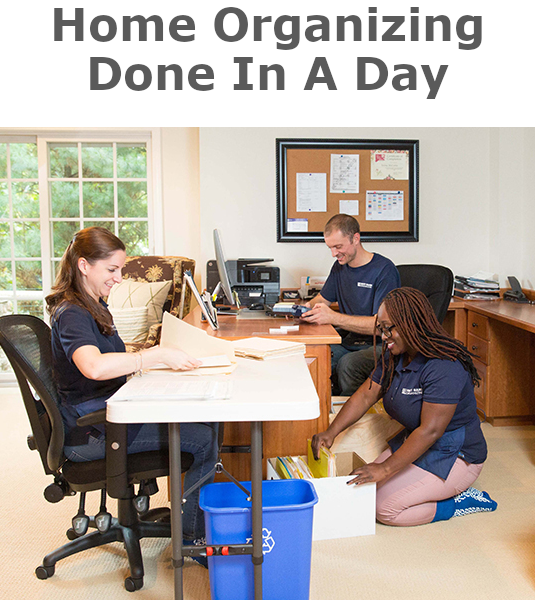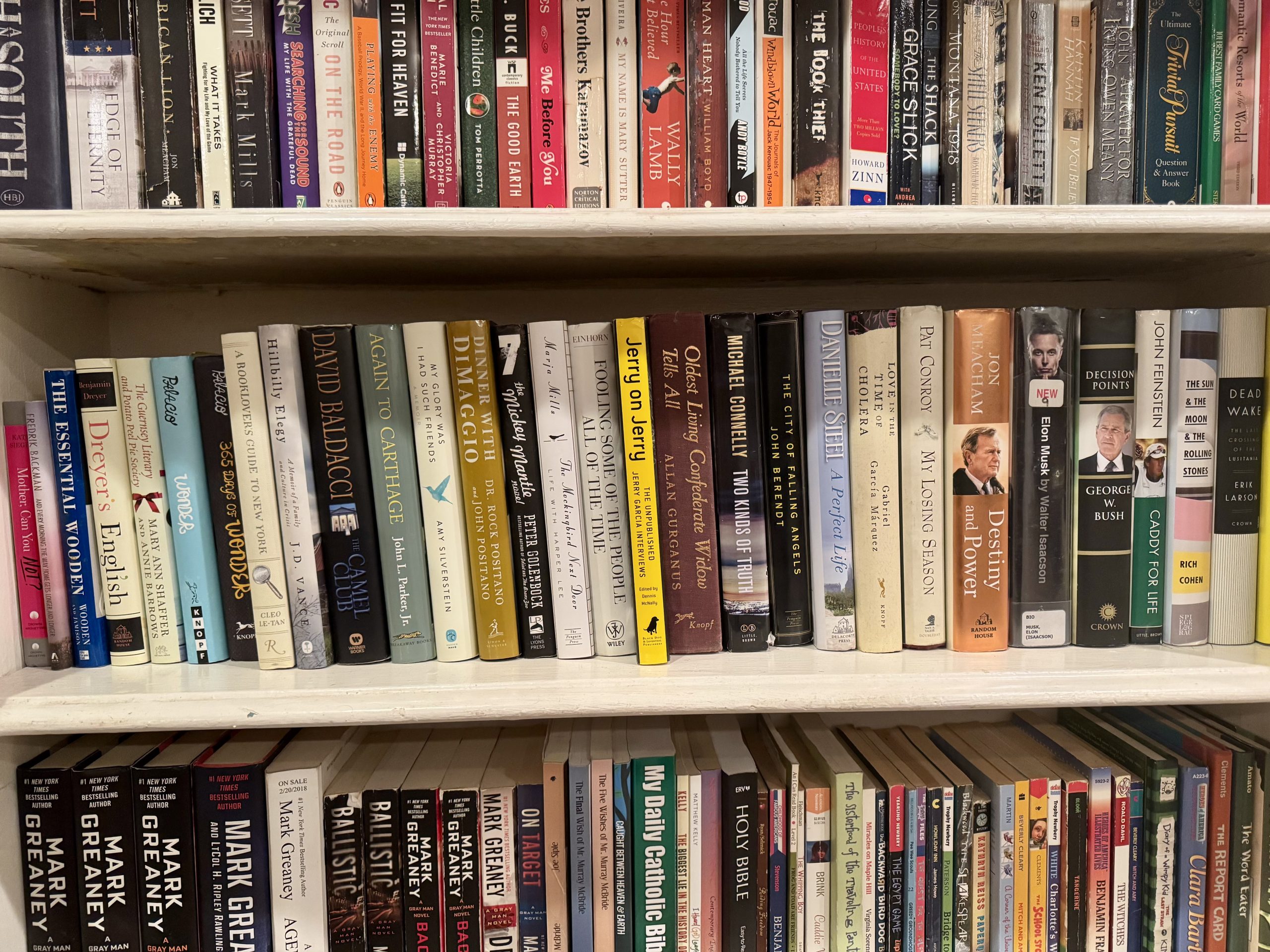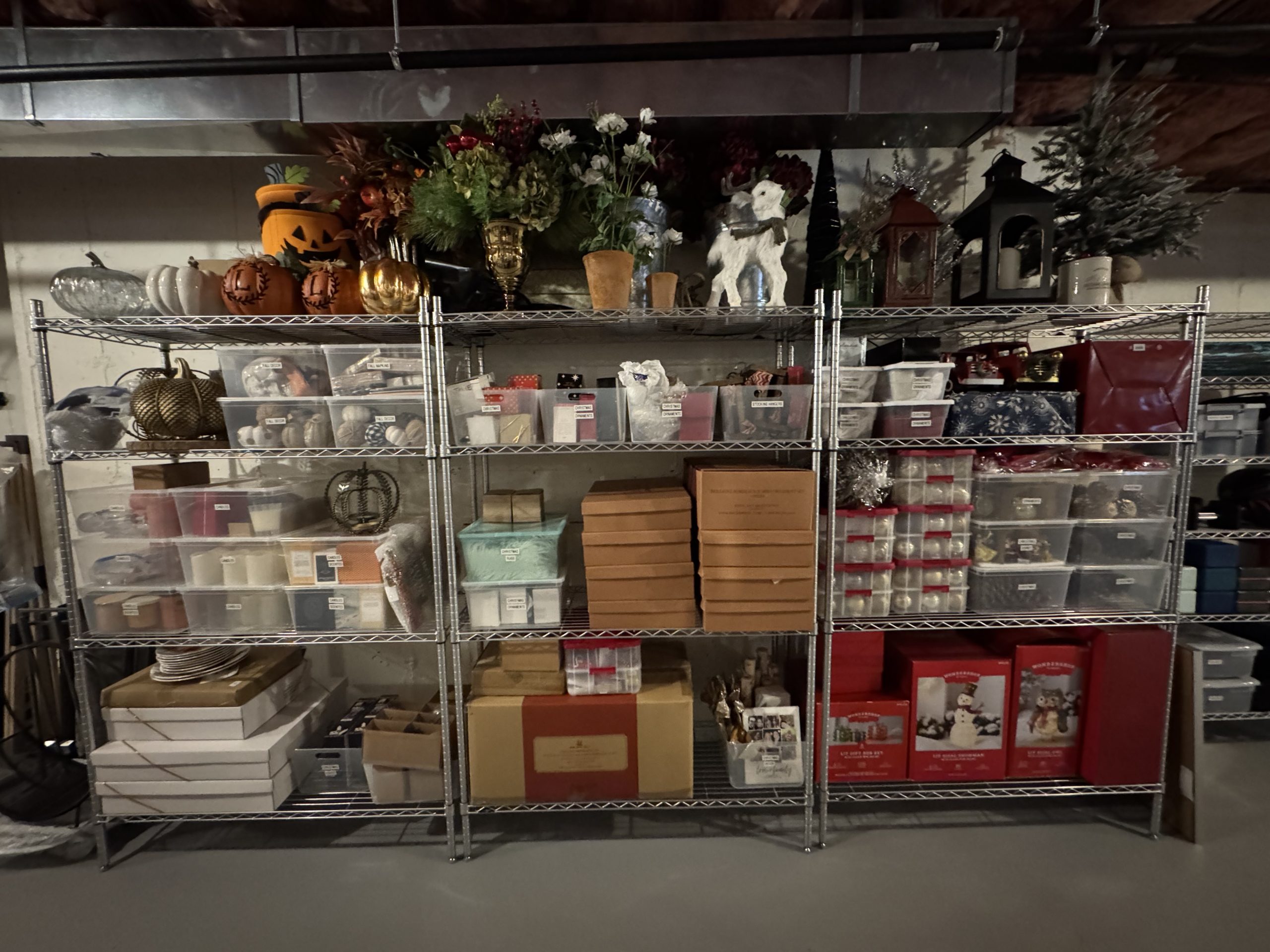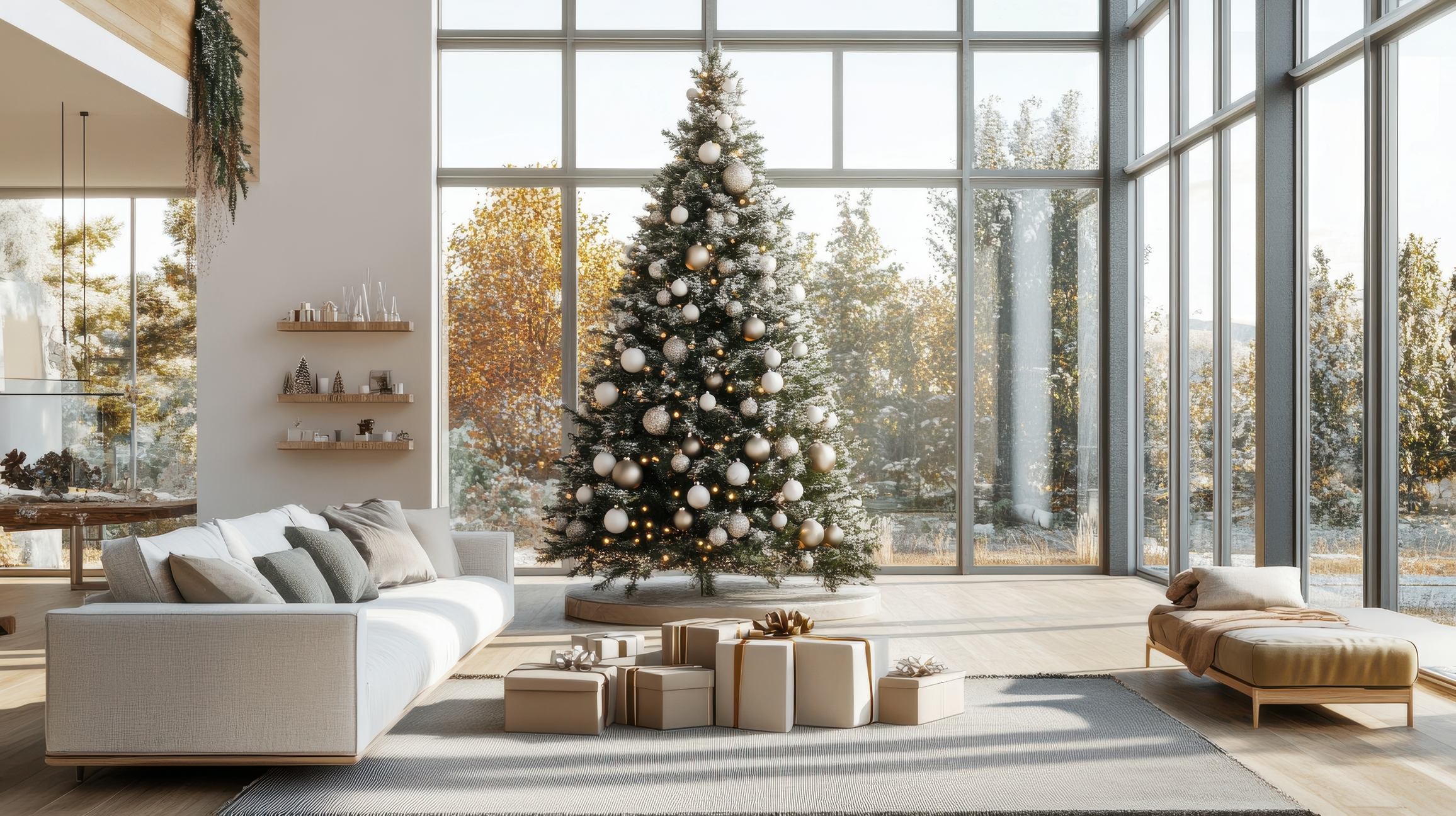Organizing the Top 5 Homeless Categories takes a look at the most under-recognized categories my team finds in our clients’ homes. Most categories of things have obvious homes within the home, but some do not. Today we’re going to look at the categories we most commonly see in need of homes.
-
Keepsakes
This one may surprise you, because you probably have a place where you keep keepsakes, or maybe several. And that’s the problem. We often find things that clients are keeping for sentimental reasons throughout the home. We don’t recommend discarding keepsakes (much), but we do recommend keeping them in a dedicated zone. Why? A dedicated zone is one place where you keep all items of the same category. This is important because it creates a clear scoreboard of how much space in your home a category takes up.
It’s important to isolate keepsakes because they represent items from the past. When it’s all together, you can instantly see just how much of your home space is devoted to your past. A dedicated zone sets a limit and, in organizing, limitations breed freedom. By setting a limit on keepsakes (stuff from the past), you open space for present day possibilities.
-
Décor
There can be an overlap between décor and keepsakes. It all depends on how it is used. For example, you may have a family photo that you want to frame and display in your family room. That makes it a décor category, and it belongs right on the wall for you to enjoy.
If you want to keep the photo for sentimental reasons, then it goes with keepsakes, in a more remote location. It’s OK to keep it, but again, keep it in a dedicated zone. This allows you the ability to take an accurate accounting of how much space is devoted to the past.
The same goes for décor that you don’t want to use now. Maybe you’ll want to keep that family portrait to display in your renovated space or your next home. And the same goes for wall hangings, lamps, sculptures, pottery, etc. If you can’t display it here and now, at least keep it all together. That way, you get an accurate idea of how much space it takes up, in the attic or basement.
If décor items represent another time in your life, then perhaps you realize they’re actually keepsakes. Then maybe you can take photos, to preserve the memories, and give you space. Then it might be easier to let the items go.
-
Gifts To Give
We work with very generous people who love to collect gifts for friends and family. Gifts need a dedicated home like anything else. Often, clients realize the reason they are holding onto certain items is because they want to give them as gifts. When you are clear on why you keep something, it takes you to where it should go.
As with keepsakes and décor, we often find items intended as gifts distributed throughout the home. As a result, our clients often find themselves with more gifts than they can realistically give. Also, there may be gifts that become outdated because they were not readily findable when it mattered. Again, having them all together makes it easier to get an accurate idea of how many gifts you have. It also makes it easier to distribute appropriately.
By the way, this is a rare example of when I don’t recommend the “Reveal Don’t Conceal” rule for containing. Skip the label too. This is, after all, a category that you want to keep secret.
-
Projects
This is a category that accumulates more than we realize. The reason is, we tell ourselves that some items represent tasks. The reality is that they are projects, made up of many tasks.
A common thing I hear is “I’ll just go through that while I’m watching TV. I’m a great multitasker.” I find that you can get more done in a focused minute than an unfocused hour. The best use of that minute is to recognize your task is a project and break it down into a manageable task.
All project storage should be planned around your number one organizing tool, a clear work surface, for processing. I recognized that all the stuff I removed from my late parents’ basement represented a project. I have broken it down into more manageable tasks by sorting with banker boxes. To make the editing tasks more reliable, I schedule them on my parents’ birthdays, death days, and their anniversary. I find it a great way to honor their memories.
-
Departures
Departures are things heading out the door. We recommend using a Donation Depot for these items. Things circulate into our lives way too easily, so you need competitive plans for things to circulate out. That’s the function of the Donation Depot. Donations depart in a series of manageable, reliable stages, ending with two dedicated bins located near the vehicle that will transport them away.
Another example is returns. This could mean returnable bottles and cans, or it could mean items you want to return to a store. It’s the same idea. Create a limited collection shelf near the vehicle that will take items away, so that each stage in the departure process is manageable and reliable.
So that’s it for Organizing the Top 5 Homeless Categories; I’d love to hear your thoughts and questions in the box below!
Please Share With Your Community
















